Going Back In Time
Last week I visited a strange exhibition called With Whistle, Drum And Didgeridoo. When I say strange, I mean very interesting and not usual. Today I'd like to show you the rest of the musical instruments I saw at the exhibition. If you like history, bear with me as these beauties you're going to see have been collected from all over the world.
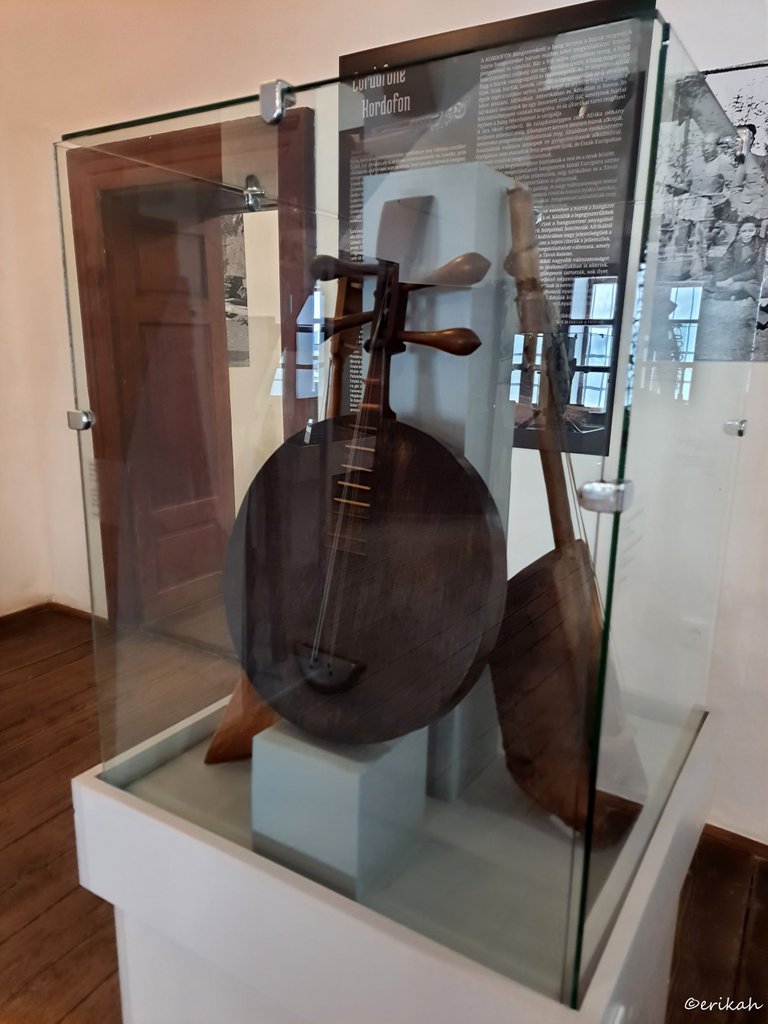
This is a short necked lute from China, from the 19th century. It is called yueqin and you can listen to how it sounds here. Obviously the lady is playing a modern instrument, most likely slightly different from the one on the photo, but still.
I'm not a musician, have never played on any instrument (ok, maybe for a minute or two), so what I'm seeing here is that gorgeous dark brown wood and the nice form of the lute.
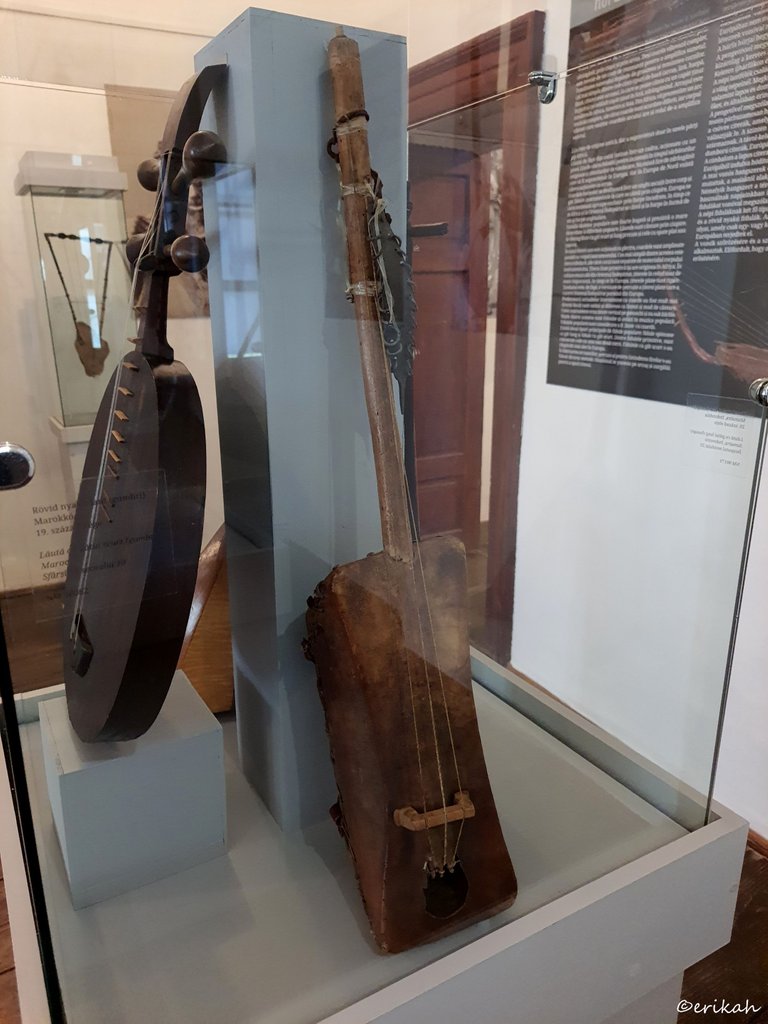
This is another short necked lute from the 19th century, but it is from Morocco and it is called gumbri. You can actually listen to this instrument as I was able to find a video on YouTube for this one too. In the meantime, look at the difference between the two instruments.
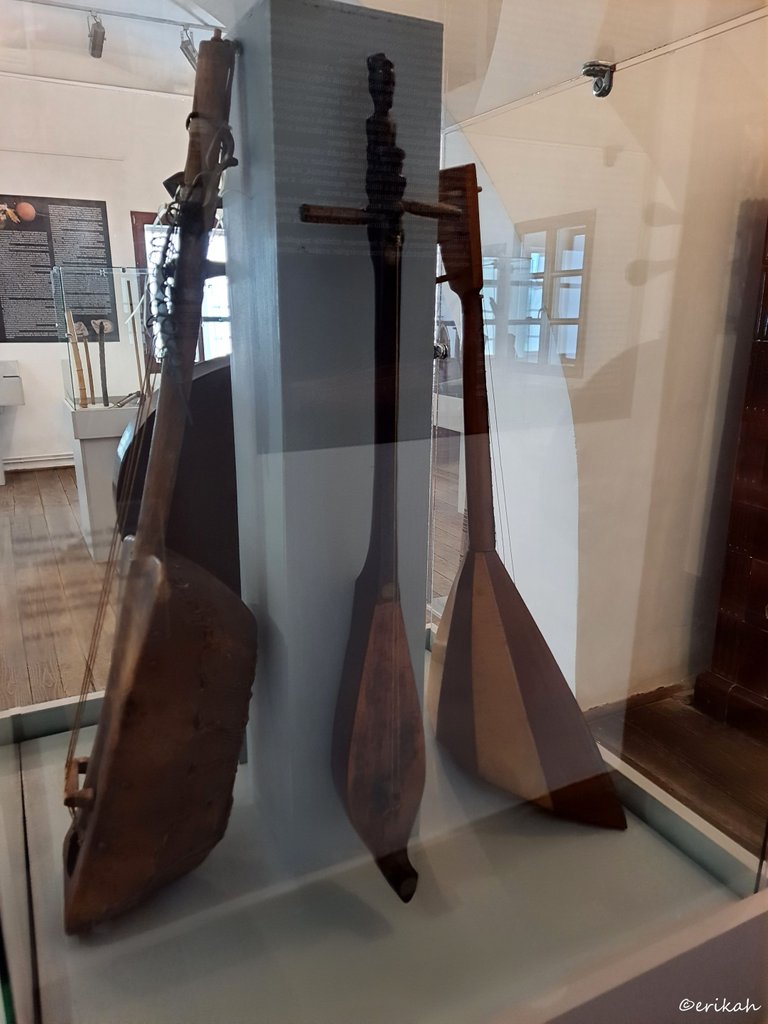
A long necked lute from Sumatra, Indonesia, from the beginning of the 20th century, called hasapi. This hasapi I found on YouTube is different, but I suppose the sound is kind of the same.
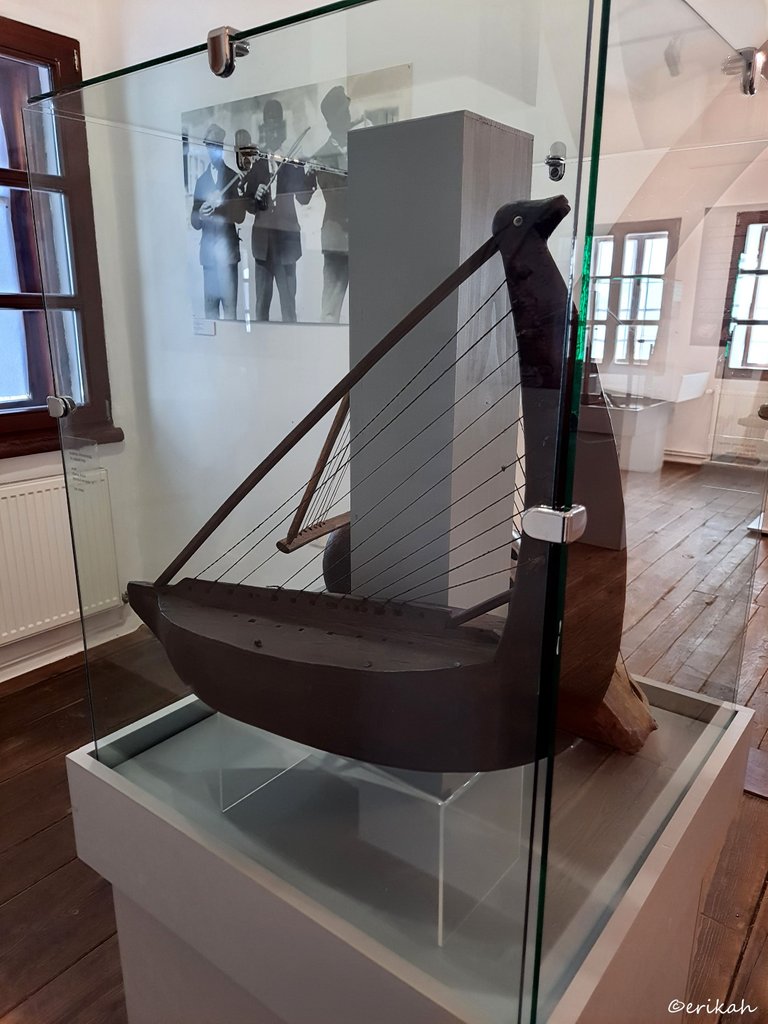
This was where the fun began. At first glance you may think it is a funny boat, then you find out it is far from it as it is a frame harp from Siberia, Russia, from the end of the 19th century. The design is lovely.
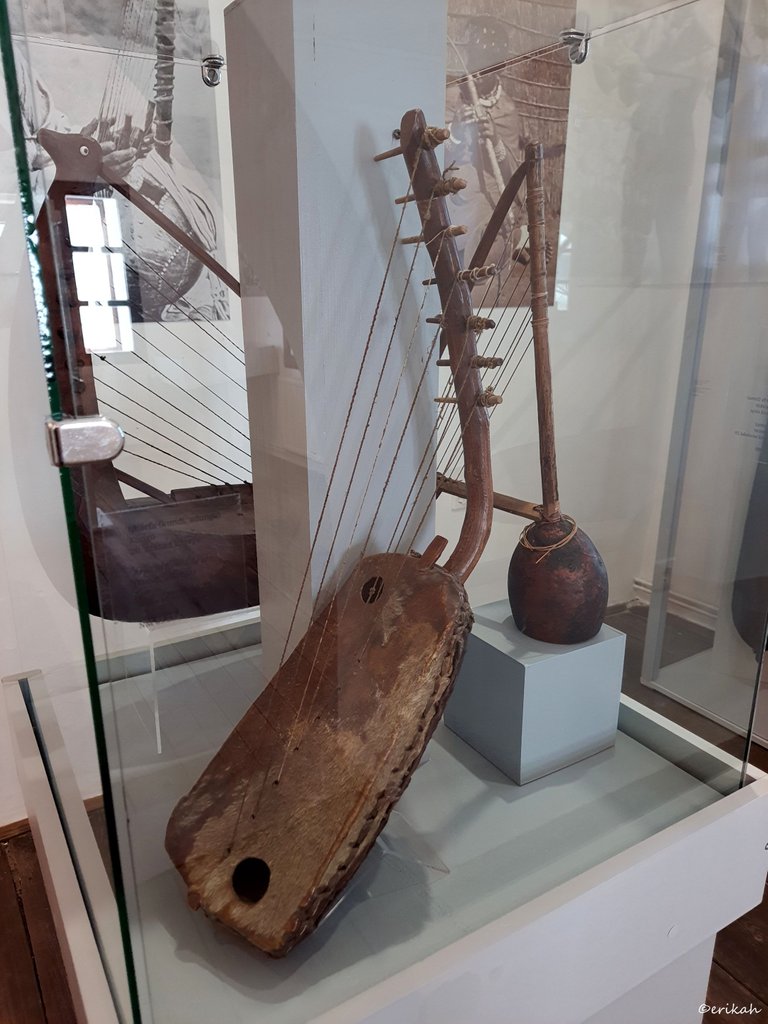
This is another harp from Kongo, that is called kundi, adungo and it is from the middle of the 20th century.
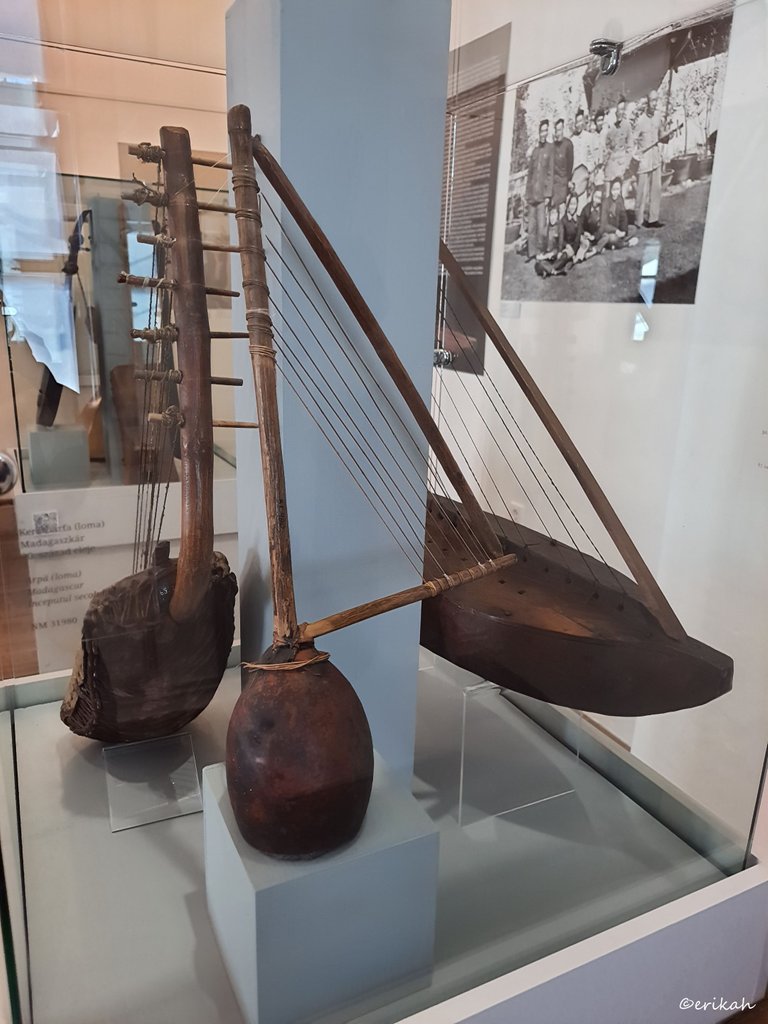
Another interesting harp from Madagascar, from the middle of the 20th century, called loma. Comparing the three instruments, I see the basic idea is the same, the only difference I see here is the second one has a leather cover, which may have serves as a drum, but that's just guessing.
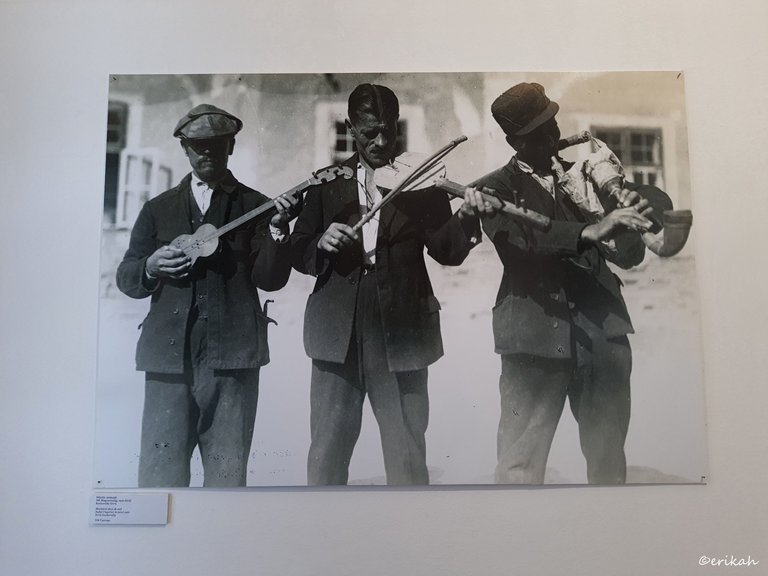
Musicians from South Hungary, from 1920. Those are some musical instruments I've never seen till now.
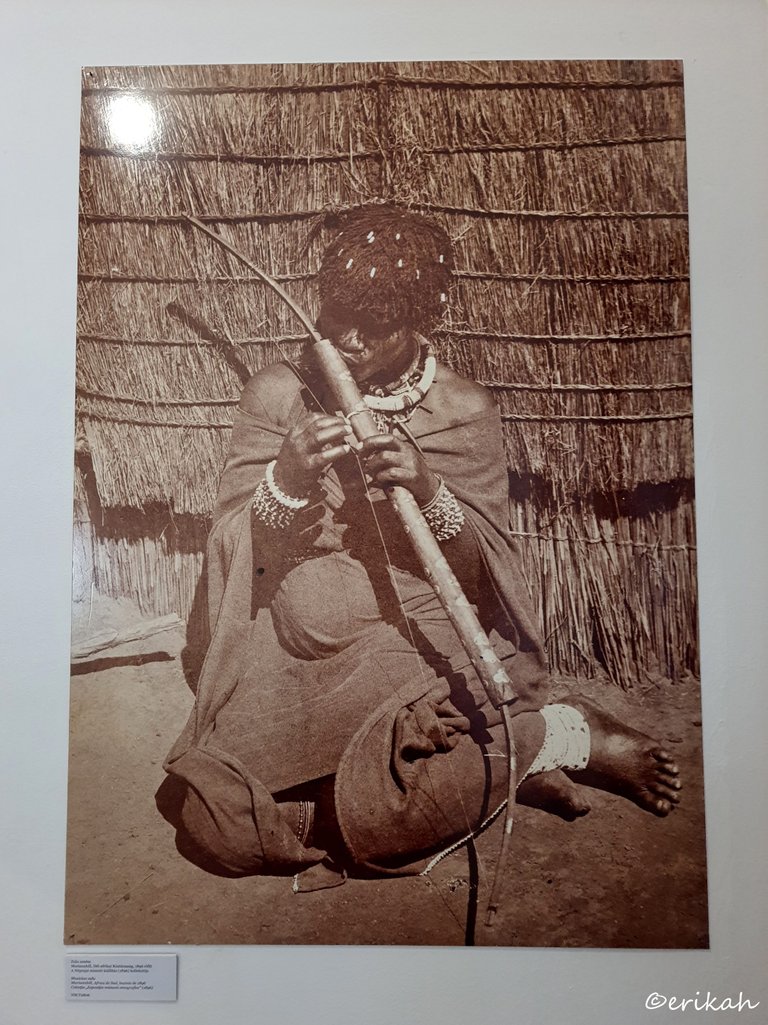
Zulu musician from Marianhill, South Africa, 1896. This photo is 127 years old and must have been taken with one of those (now) old cameras we see in the movies. The instrument worth paying attention too as you don't see such ones today.
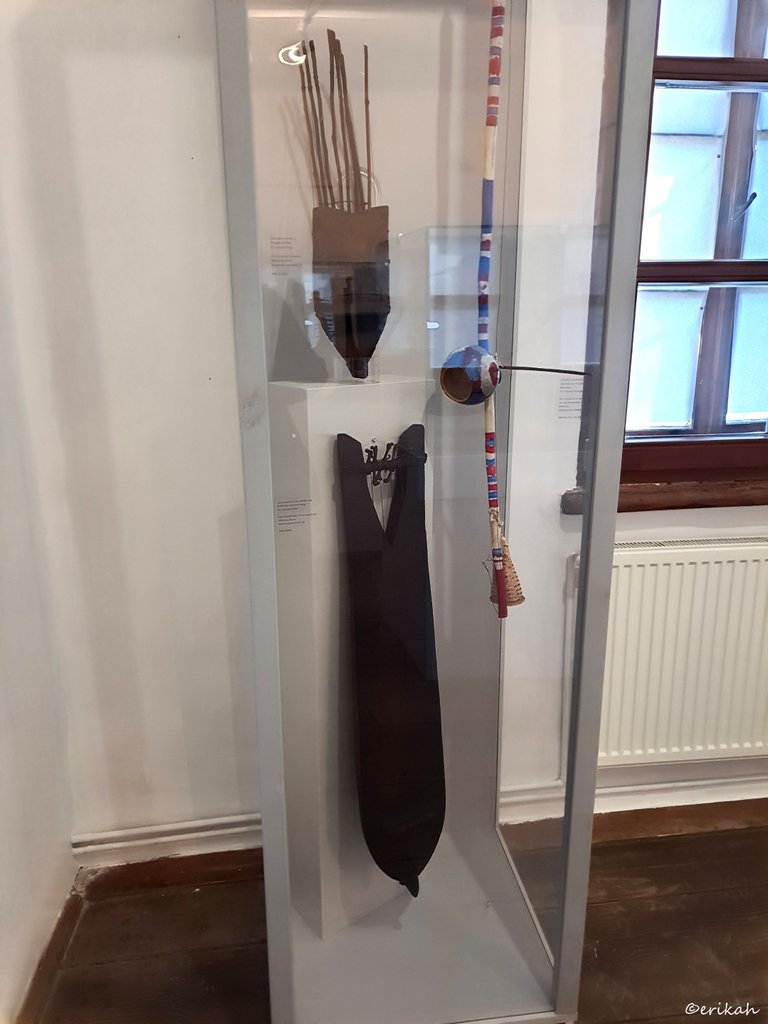
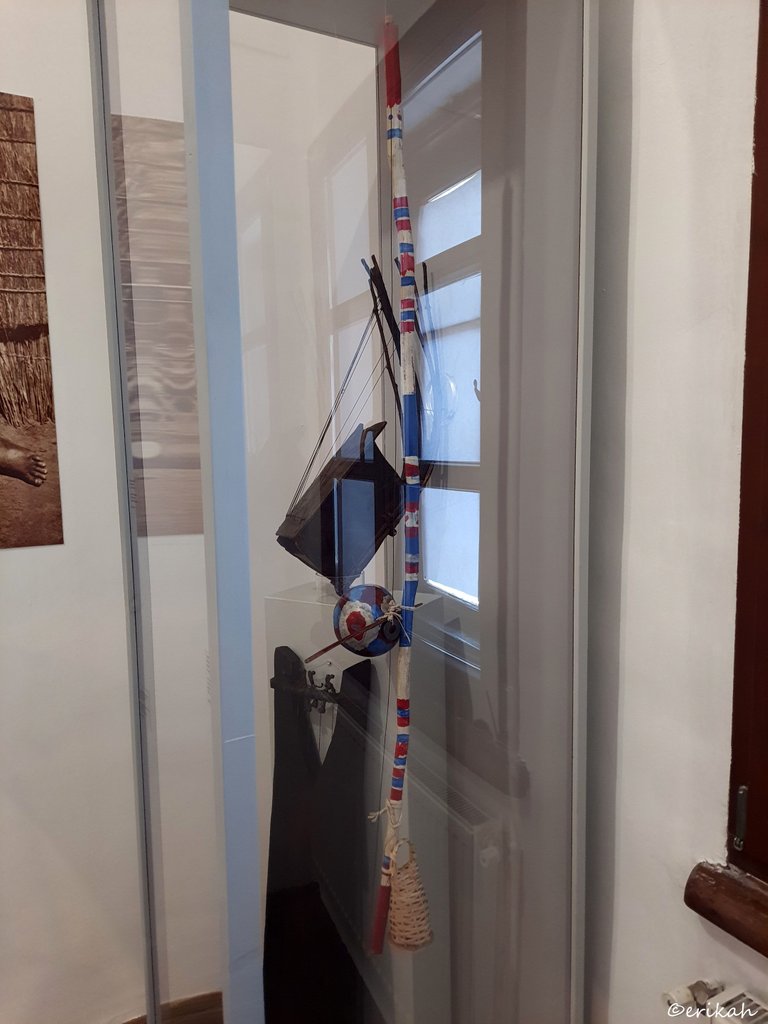
What you see here is
- complex musical bow from North Africa, from the beginning of the 20th century
- lira, (nares-juh, musical wood), from Siberia, Russia, from the beginning of the 20th century
- musical bow and basket rattle, (berimbau and caxixi) from Brazil, from the middle of the 20th century
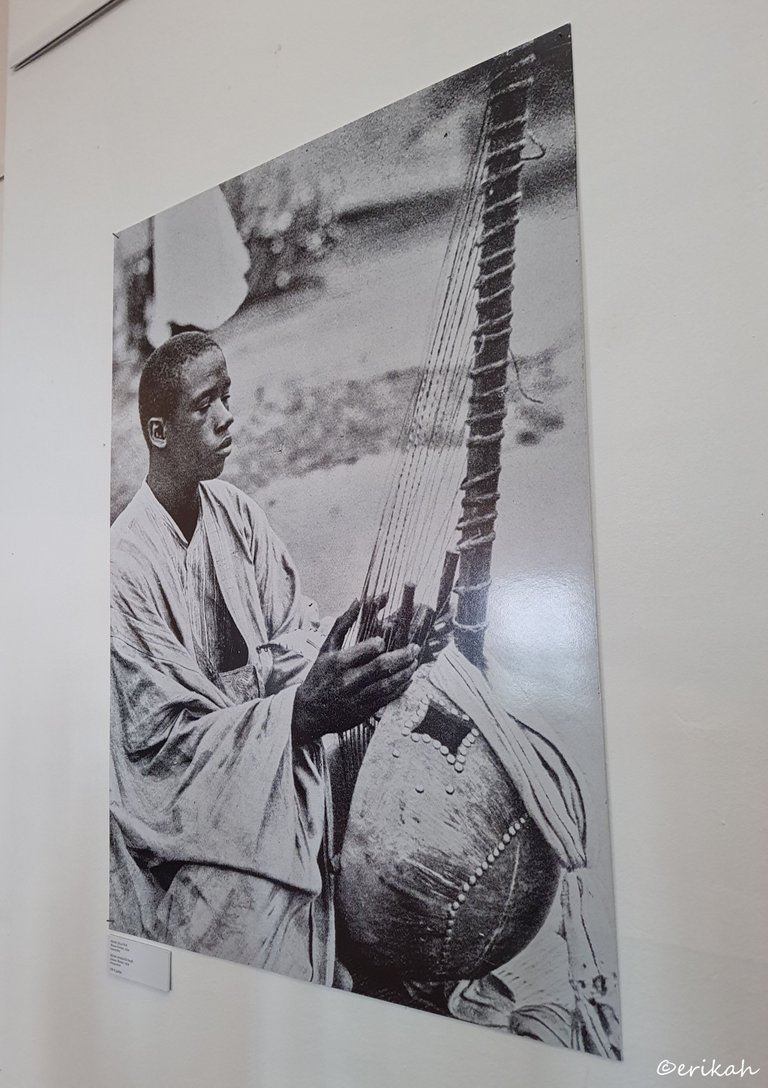
Man playing the harp, Guinea Bissau, 1934.
Another interesting harp I've never seen. There's a good chance these instruments are dead and you can't find them outside museums.
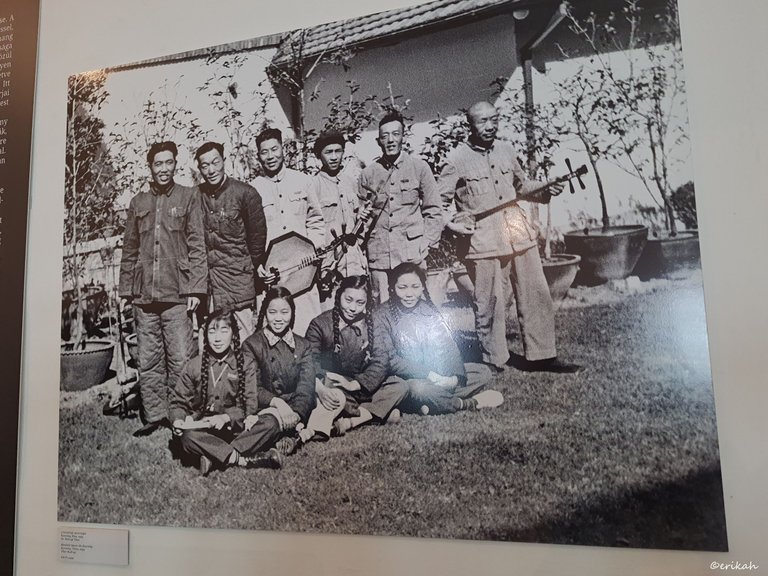
Members of Kunmin Opera, China, 1954
This was a surprise as usually members of the opera look different, but in fact the whole exhibition was a surprise :)
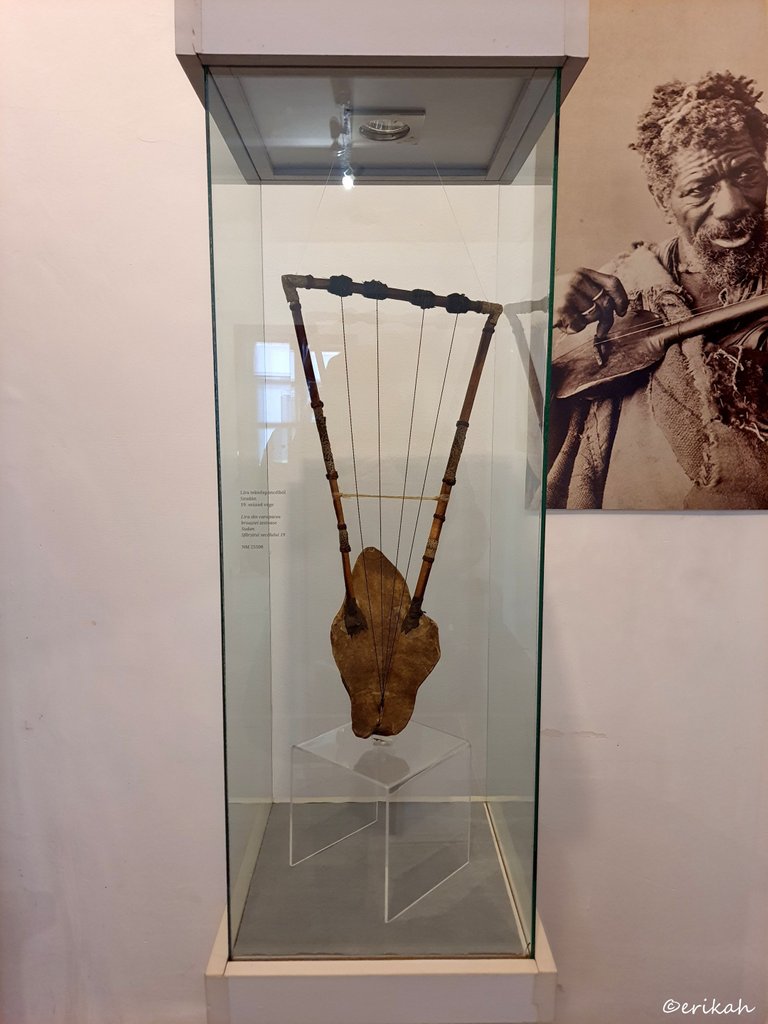
This is a lira made of turtle shell, from Sudan, from the end of the 19th century and one of the coolest, if you ask me. I can't remember how it sounded, but the design is remarkable.
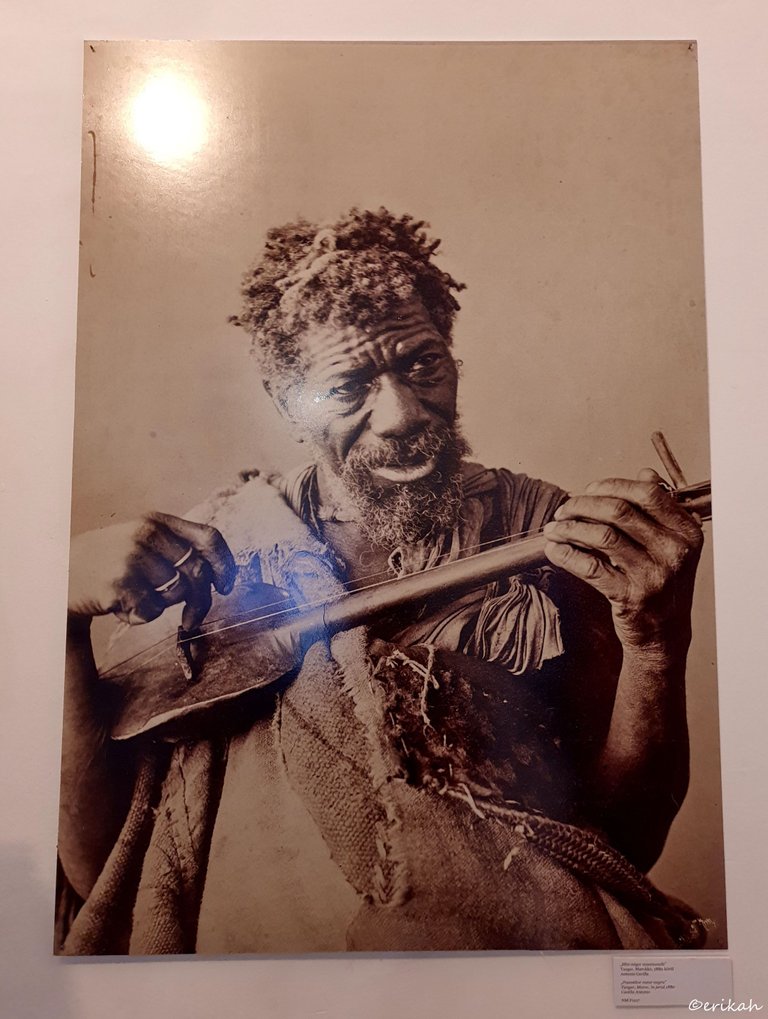
Moor story teller, Tanger, Morocco, 1880. It says nothing about the instrument he's holding as most likely the photo was the goal, but it's an interesting instrument for sure.
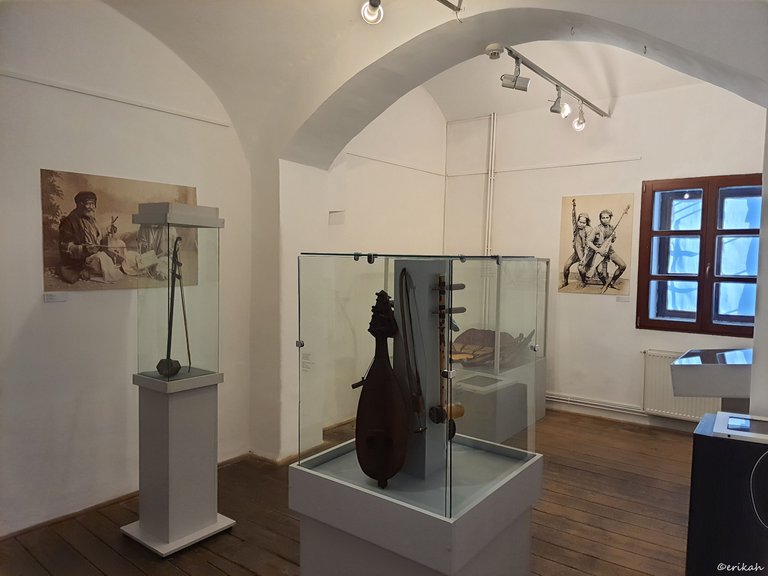
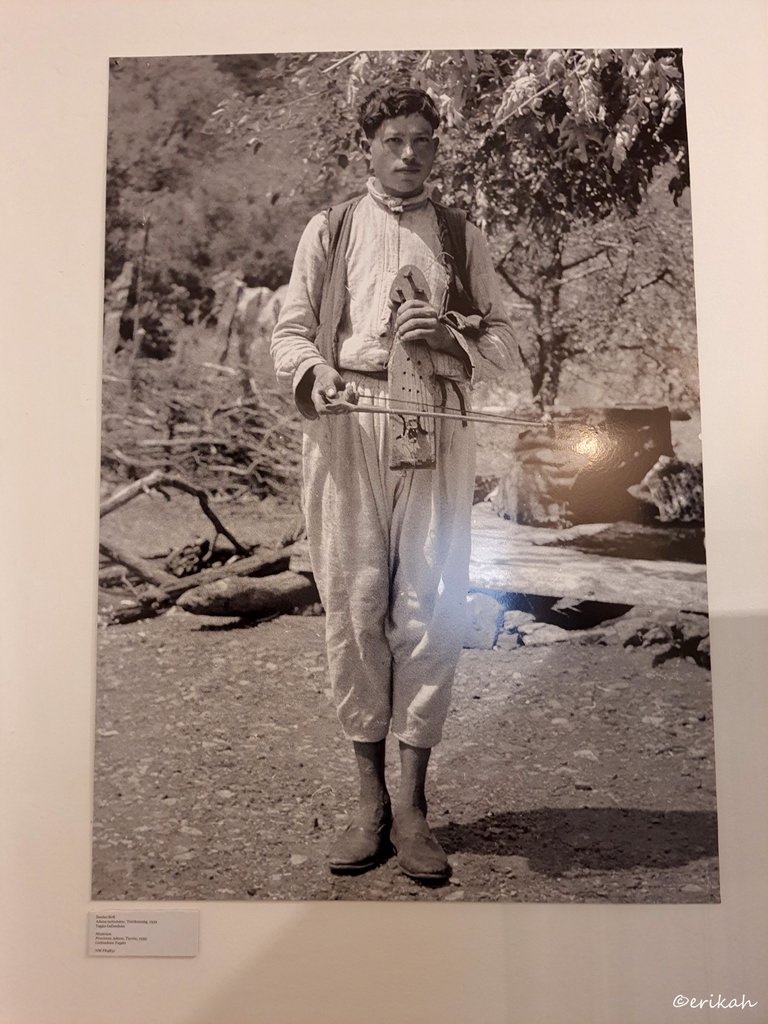
Musician boy, Adana region, Turkey, 1939
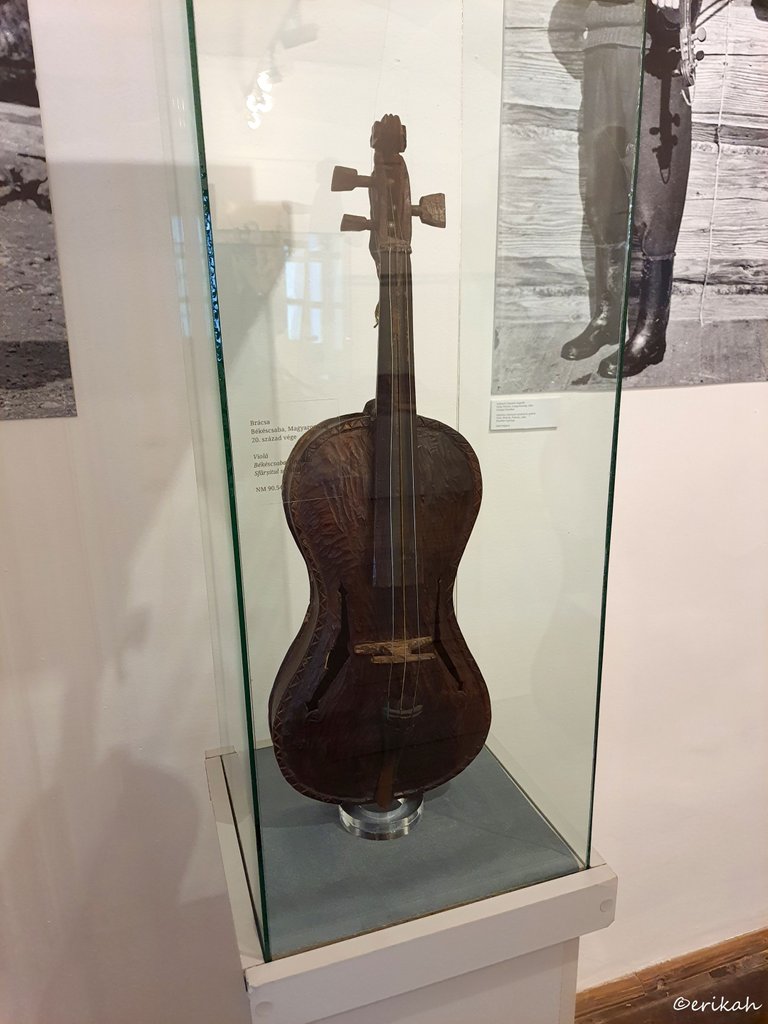
This is a viola, from Békéscsaba, Hungary, from the end of the 20th century.
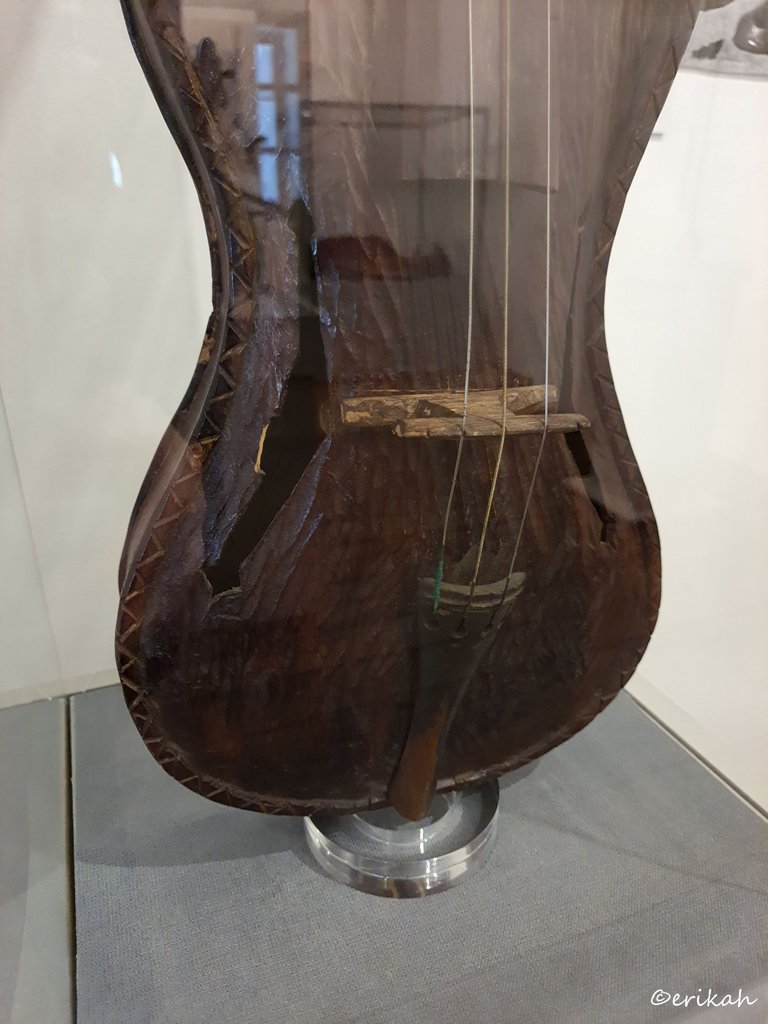
Even though this is a rough piece, it was still one of my favorites. I stood there looking at this viola, thinking of those shiny, polished, almost luxury one we have today and thinking of what would those musicians, who played this one say if they would be given a new one you can buy today.
I don't know if you're familiar with how music instruments are made these days. First of all, you need a special wood, not just any wood, as otherwise the sound of the instrument changes. The wood needs to dry for a determined period. Then the front and the back must be cut out of the same piece of wood and these are just a few details. Do you think people back in the day had the luxury to do these things? I don't think so. Yet, this instrument was fully functional.
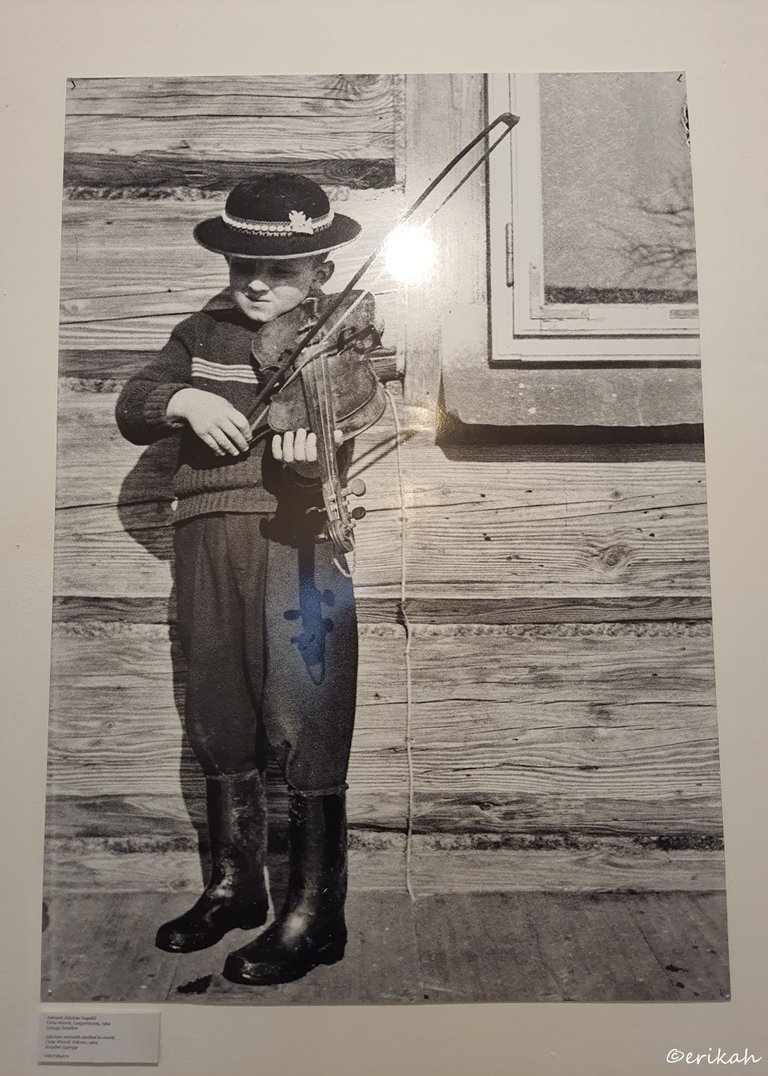
Jakubiec Jedrzech boy playing the violin, Ciche Wierch, Poland, 1964.
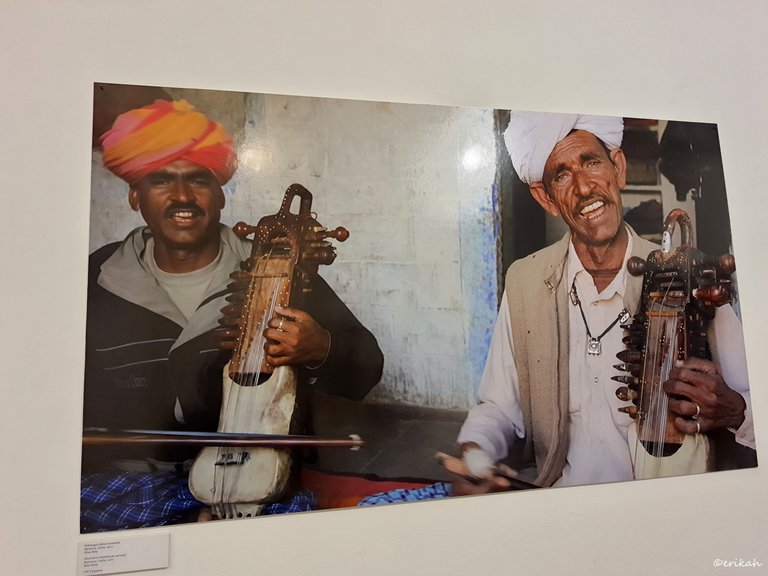
Musicians playing sarangi, Barnava, In dia, 2011.
Looking at these instruments you understand and learn about the history of music and musical instruments. I suppose some of the instruments you see here have gone through some transformation over the years and you may see them in a different form. Visiting this exhibition was like going back in time.

If you're a newbie, you may want to check out these guides:
- Communities Explained - Newbie Guide
- Cross Posting And Reposting Explained, Using PeakD
- Hive Is Not For Me
- How To Pump Your Reputation Fast - Newbie Guide
- Tips And Tricks & Useful Hive Tools For Newbies
- Community List And Why It Is Important To Post In The Right Community

Adana, Turkey? This is the city where I live now! It's exciting. I don't know what the instrument he plays is, but it looks like "kemençe". It must be exciting to see such things from all over the world.
To tell you the truth, when I saw Turkey, I was thinking of you :) It was quite an exciting experience to see these instruments.
I must say I had an interesting read. A great piece of history in just a post to digest. Always do us a great honor such posts.
Thanks for sharing😊
Thank you.
My pleasure 😇
Congratulations @erikah! You have completed the following achievement on the Hive blockchain And have been rewarded with New badge(s)
Your next target is to reach 34500 replies.
You can view your badges on your board and compare yourself to others in the Ranking
If you no longer want to receive notifications, reply to this comment with the word
STOPCheck out our last posts:
Erika what a beauty of history with those stringed instruments, here in my country we have the Venezuelan Harp is usually an instrument that is used a lot in musical folklore, the sound it has is magical like the bell sound of a bird... I'm going to share a YouTube link, so you can listen to him.
That harp is very common, that's what they use these days everywhere. Some are smaller, others are bigger, but pretty much the same.
Exactly Erika the sound of the strings regardless of the size of the harp is art at all costs.
Thank you for the sample of harps that you share with us in your visit to the museum.
@erikah This is an amazing picture, I can go back in time and gain new knowledge, this is amazing.
thanks for sharing here.
Thank you.
@erikah You're welcome.
Congratulations @erikah! You received a personal badge!
Wait until the end of Power Up Day to find out the size of your Power-Bee.
May the Hive Power be with you!
You can view your badges on your board and compare yourself to others in the Ranking
Check out our last posts:
People still play these…
I’m fascinated by it because it looks giant, yet comfortable/ergonomic.
The Brazilian instrument you mentioned above that image, the berimbau is used for Brazilian fighting style called Capoeira. The musician playing it holds a shaker and a long stick at the same time in one hand. They use their stick and shaker hand to smacks the string and create a cool, bony boing boing boing, boing type sound. I’ve always wanted to try one.
I know a famous song that has it in the beginning. I can hear the song now, but I can’t remember the name of it. I’ll look for it… 🫠
I'm glad to read you actually recognize some of the instruments and that you know a lot about these. There were so many interesting ones that I was amazed and the best thing was you could check the sound of these instruments as there was a tablet with short videos.
Thanks for the valuable info :)
Oh, good for them to have those sounds available to hear. Cool exhibit!
Here it is…
And then here’s a video of the dude fighting/dancing. I can see three people in the background standing next to each other playing the berimbaus. I can’t hear them at all, but I could see them, lol…